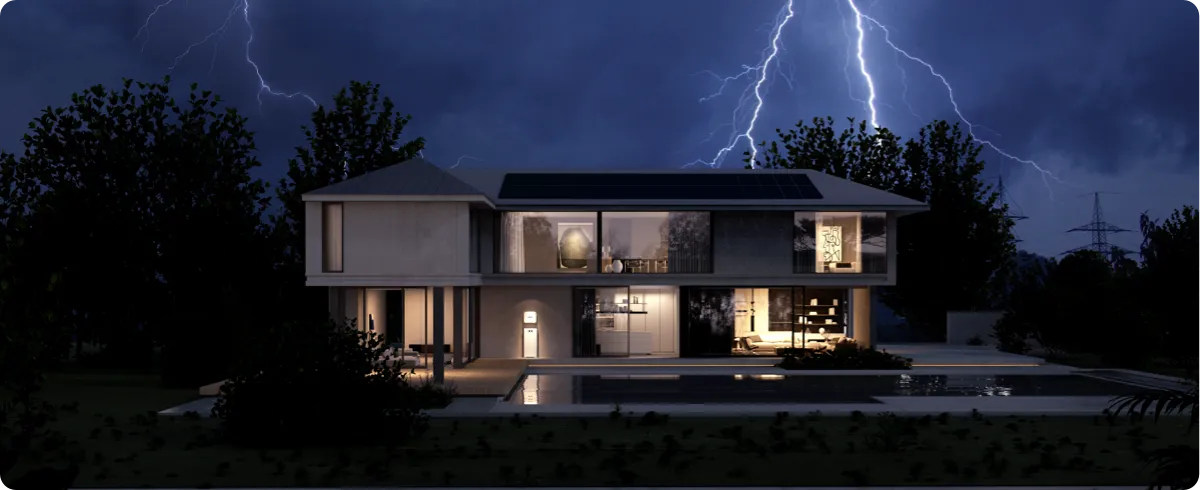normal solar panel size
Understanding Normal Solar Panel Size What You Need to Know
As the world progresses towards sustainable energy solutions, solar power has emerged as a popular choice for both residential and commercial applications. With the increasing interest in solar energy, understanding the various components, including the size of solar panels, becomes crucial. In this article, we delve into the normal solar panel size and its implications for energy production, installation, and overall efficiency.
Solar panels are typically measured in dimensions and power output. Most standard solar panels come in sizes ranging from 60 to 72 cells. The most common dimensions for these panels are approximately 65 inches by 39 inches (1.65m by 1.0m) for 60-cell panels and about 77 inches by 39 inches (1.96m by 1.0m) for 72-cell panels. These sizes are designed to balance space efficiency and energy production, making them suitable for various installations.
Why Size Matters
The size of a solar panel is critical for several reasons. Firstly, the bigger the solar panel, the more surface area it has to capture sunlight. This typically translates to more energy generation. For instance, a 72-cell panel can produce between 320 and 400 watts of electricity, while a 60-cell panel usually ranges between 250 and 320 watts. This difference in wattage can significantly impact the overall energy output, especially for larger systems.
Additionally, the size of the solar panels affects the total space required for installation. It’s essential to assess your roof or land area to determine how many panels can be accommodated. Larger panels may generate more electricity, but fitting them into a limited space can be a challenge. Proper planning and consultation with solar installation professionals can help in optimizing the layout to capture maximum sunlight.
Understanding Power Output and Efficiency
When determining the normal solar panel size, it’s also essential to consider their efficiency rating. Efficiency refers to how effectively a solar panel converts sunlight into usable electricity. Standard efficiency ratings for residential solar panels typically range from 15% to 22%. Higher efficiency panels produce more power per square meter, allowing homeowners to install fewer panels while still achieving energy goals.
normal solar panel size

For example, if you have a smaller roof space but want to meet high energy demands, investing in higher efficiency solar panels may be a prudent choice, even if they come at a premium price. On the other hand, if you have ample space, standard efficiency panels might serve your needs well without breaking the bank.
Types of Solar Panels
There are three main types of solar panels monocrystalline, polycrystalline, and thin-film.
1. Monocrystalline Panels These panels are known for their high efficiency and sleek appearance. They typically have a higher power output and come in both standard sizes. Their construction from high-purity silicon allows them to perform better in low-light conditions.
2. Polycrystalline Panels Generally less expensive to produce, polycrystalline panels are slightly less efficient than their monocrystalline counterparts. They are usually slightly larger due to the manufacturing process, which may influence the total amount of power generated.
3. Thin-Film Panels These are lightweight and flexible but are less efficient compared to the crystalline options. Due to their smaller size and compact design, thin-film panels can be a suitable choice for specialized applications, like solar panels on mobile devices or in situations where weight and flexibility are critical.
Conclusion
Understanding normal solar panel size is vital for making informed decisions about solar energy systems. Evaluating the dimensions, efficiency, and types of panels available can help homeowners and businesses optimize their energy production and installation plans. Whether you opt for a larger solar panel to maximize output or more compact options to fit your available space, the critical aspect remains the effective harnessing of sunlight to power your needs sustainably. As solar technology continues to advance, staying informed will enable you to fully leverage the benefits of solar energy in your life.
-
String Solar Inverter: The High-Efficiency Solution for Smart Solar EnergyNewsJul.14,2025
-
Revolutionizing Rooftop Energy with the Power of the Micro Solar InverterNewsJul.14,2025
-
Power Independence with Smart Off Grid Solar Inverter SolutionsNewsJul.14,2025
-
On Grid Solar Inverter: Powering the Future with Smart Grid IntegrationNewsJul.14,2025
-
Monocrystalline Solar Panels: High-Efficiency Power for the Future of Clean EnergyNewsJul.14,2025
-
Bifacial Solar Panel: A Smarter Investment for Next-Generation Energy SystemsNewsJul.14,2025







